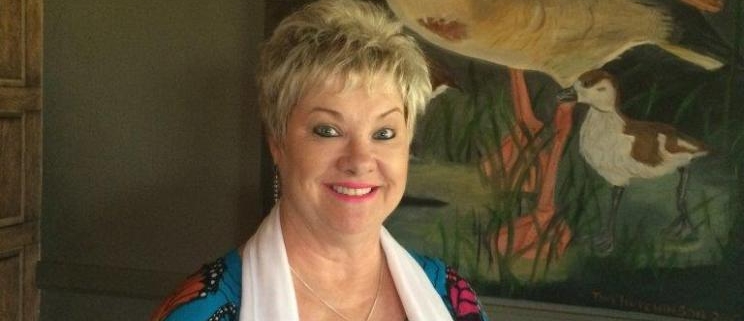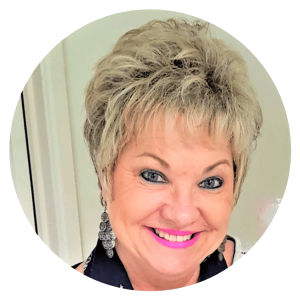In an earlier Blog, I wrote a little about what exceptional experiences are. They are experiences beyond the norm, or are considered to be so. They teach us of an expanded consciousness, of a wealth of possibilities and, they teach us that the “self” is far more than we may think. These are the experiences that are the focus of my research foundation, The Transformative End-of-Life Experiences Research Foundation (TELERF). These experiences include near-death experiences, transient-death experiences™ (profound psychological experiences that occur when a person is, temporarily, beyond clinical death), transformative end-of-life experiences, shared death experiences, experiences of after-death communication and apparent past-life memories. Together, these experiences strongly suggest that death is not the end but a beginning, and that it is simply a doorway we will walk through as we live on. But how, in fact, do these experiences show us this?
Well, there are a number of factors that one could highlight here but, for the moment, let’s look at two particular features that I think are significant, namely content and overlap.
In terms of content, we find that many who have a near-death experience, for example, report perceiving events taking place around them whilst they are unconscious, perhaps under general anaesthesia, near-death and seemingly without awareness of their surroundings. Indeed, in certain instances, those who have gone beyond the point of clinical death have reported such events and perceptions. Some of these reported perceptions have been the object of intense research, and many have been independently and reliably verified as both accurate and true. Seemingly the “self,” the mind, has continued to be aware, to be conscious, despite being physically compromised. This was highlighted on the television programme, Carte Blanche, last night when Derek Watts aired the research of medical doctor, Dr Sam Parnia.
The same is true of past-life recall. Young children, aged three and under, have spontaneously reported memories of a past-life. Again, through detailed research, these memories of another life, of another personality, have been verified as both accurate and true. In such cases, it would seem that the “self” is, in some way, linked to two separate personalities, to two different people, namely the child with the memories and an apparent previous personality, now deceased.
Furthermore, there have been instances in which a person has received information from a deceased loved one in the form of, for example, a directive. In carrying out this directive the receiver of the message recognises the authenticity of both the continued life of the deceased loved one after death, as well as of the message itself.
Then there are the overlaps. Looking again at the near-death experience. Although each near-death experience is unique in its own way, there are themes and sensations that run like common threads through the fabric of all of near-death and transient-death experiences, millions of them. Peace, joy, profound and unconditional love, heightened awareness and feeling very much alive are just some of them. Many also experience a loving interaction with their deceased loved ones, such as a deceased parent, spouse or sibling.
Taking this overlap to another level, it is not only near-death experiencers’ who speak of communicating with their deceased loved ones. Many who are reaching the end-of-life do so as well. TELERF has documented a significant number of reports of those who, nearing the end-of-life, seemingly enjoy regular contact with deceased loved ones. They enjoy conversations with them, and see their deceased loved ones clearly, prior to their own passing. I hasten to add here, that these reports are not from people who are on any medication that may give rise to hallucinations. Furthermore, as it is for near-death experiencers, this contact and communication with deceased loved ones is transformative to those who experience it, and the contact and communication is accompanied by peace, joy and a calmness about the end-of-life.
The overlaps are not just similarity of experience amongst near-death experiencers, or amongst those at the end-of-life, it is also the similarities in experience across two separate conditions and circumstances that speak volumes for the authentic nature of these exceptional experiences. Of course, those who experience after-death communication, whilst themselves in good health, takes this even further.
For the many who have an exceptional experience, the continuity of the “self” beyond the physical is hardly ever in question. For them, these experiences bring much joy and a great deal of comfort. Others emphasise that they now perceive the “self” differently and no longer fear death. Most know that the end-of-life will bring new beginnings, many reunions and so much more. Such is the wisdom of exceptional experiences.
• Dr Elaine L Finkelstein is a registered clinical psychologist and a registered occupational psychologist. She is a chartered psychologist (UK) and an associate fellow of the British Psychological Society. Elaine is also the founder of the Transformative End-of-Life Experiences Research Foundation. The author of this blog is not dispensing medical or psychological advice, or prescribing the use of any technique as a form of treatment for physical, medical or psychological problems. The advice of an independent physician or mental health professional, either directly or indirectly, is required for this. The intent of the author is only to offer information of a general nature to help you in your quest for emotional and spiritual well-being. In the event that you use any of the information in this blog for yourself, which is your right, the author assumes no responsibility for your actions.
COPYRIGHT NOTE: The author of this article, Elaine L Finkelstein owns the copyright over this blog and the Trade Marks: Transient-Death Experience, Shared Transition Experience and Nothing to Fear. Dying, Death and Beyond. You may contact her at web@elainefinkelstein.com. Elaine L Finkelstein grants readers permission to copy and distribute this column and distribute it free of charge, provided that copies are distributed for educational and non-profit use, no changes or revisions are made, all copies clearly attribute the article to its author and include its copyright notice and the author’s email address web@elainefinkelstein.com.




Leave a Reply
Want to join the discussion?Feel free to contribute!